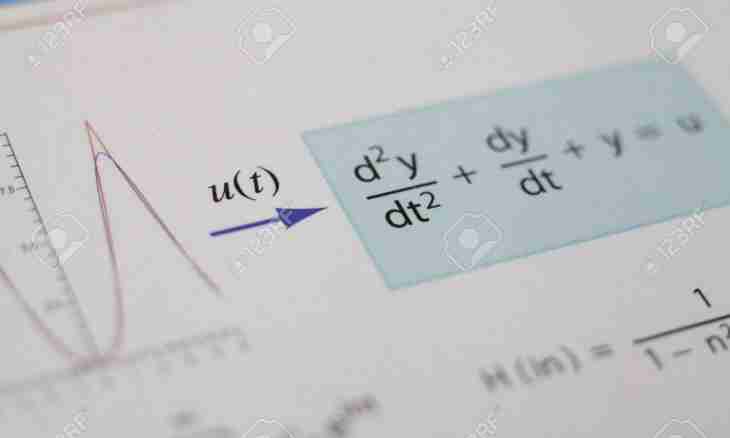The term of the solution of function per se in mathematics is not used. It is necessary to understand performance of some actions over the set function for the purpose of finding of some certain characteristic as this formulation and also clarification of necessary data for creation of a function graph.
Instruction
1. It is possible to consider the approximate scheme according to which it is expedient to investigate behavior of function and to build its schedule. Find a function range of definition. Define whether function is even and odd. In case of finding of the necessary answer, continue a research only on the required half shaft. Define whether function is periodic. In case of affirmative answer continue a research only on one period. Find points of a rupture of function and define her behavior in the neighborhood of these points.
2. Find function graph points of intersection with axes of coordinates. Find asymptotes if they are. Investigate by means of the first derivative function on extrema and intervals of monotony. Also conduct a research by means of the second derivative on camber, concavity and inflection points. Choose points for specification of behavior of function and calculate in them values of function. Construct a function graph, considering the received results on all conducted researches.
3. It is necessary to allocate characteristic points for axes 0X: gap points, x =0, zero functions, points of an extremum, inflection point. In these asymptotes, will also give the sketch of a function graph.
4. So, on a concrete example of y=((x^2) +1 function) / (x-1) conduct a research by means of the first derivative. Rewrite function in the form of y=x+1+2 / (x-1). The first derivative will be equal to y '=1-2 / (x-1) ^2). Find critical points of the first sort: y '=0, (x-1) ^2=2, as a result will turn out two points: x1=1-sqrt2, x2=1+sqrt2. Note the received values on a range of definition of function (fig. 1). Define the sign of a derivative on each of intervals. On the basis of the rule of alternation of signs from "+" to "-" and from "-" to "+", receive that x1=1-sqrt2 function maximum point, and x2=1+sqrt2 minimum point. The same conclusion can be drawn also according to the sign of the second derivative.

